To my great delight and surprise, my partner whisked me away on a trip to the Isle of Arran this weekend. The Isle of Arran is about two hours away from Glasgow by train and ferry, but I had never been.

I twigged I had arrived among kindred spirits when we noticed small sheep statues along the coast.
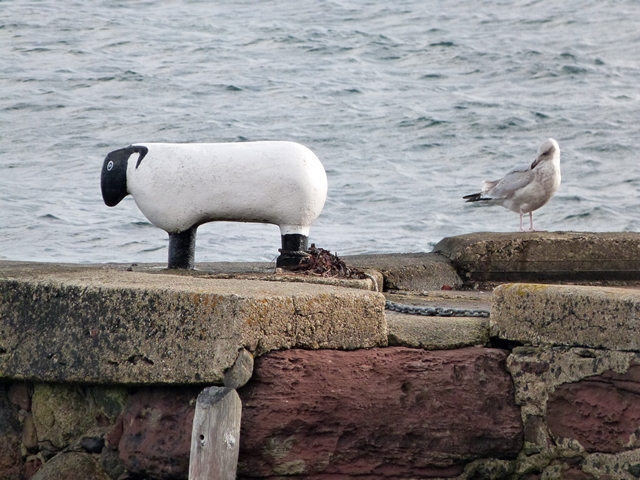
The easiest way to get around Arran is by bus - we asked to get dropped off at Sannox about 8 miles north of the ferry terminal. Sannox stems from the Viking place name "Sand Vik" (Sandy Bay) - always a pleasure to see places my Viking ancestors have been!
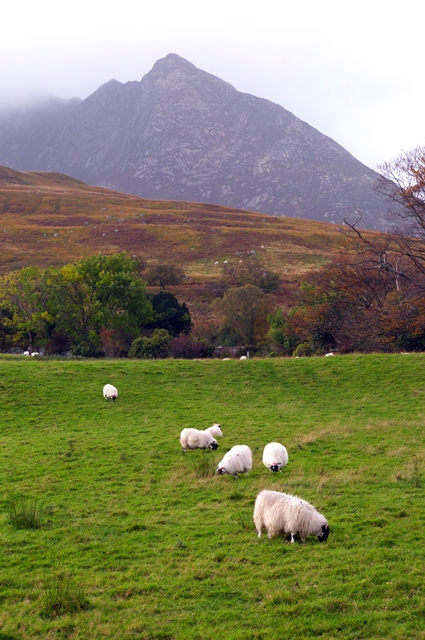
We headed towards Glen Sannox - the walkers' guide labelled this "an easy ramble with stunning scenery". The first part of the path was easy (and we stopped to eat brambles - Arran clearly has a micro-climate quite unlike the mainland).
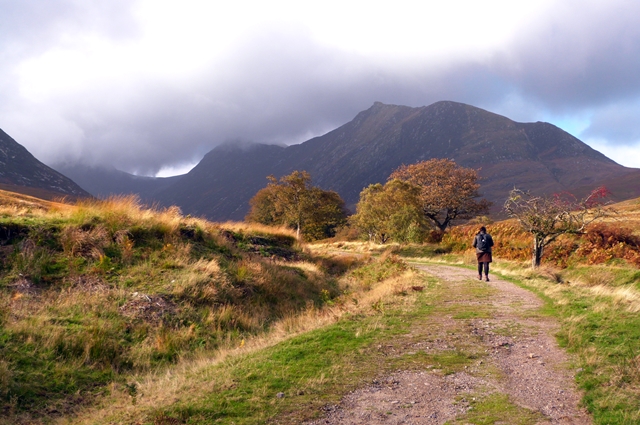
The path into Glen Sannox became less friendly (and more boggy) after we crossed the stream. 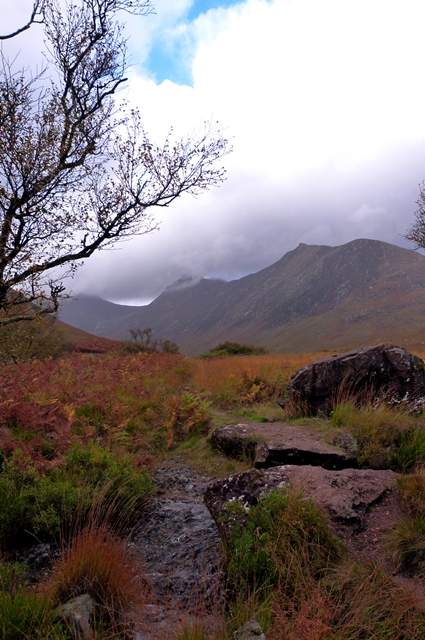 We walked towards Coire na Ciche (The Devil's Punchbowl) with the slopes of Goatfell on our left and the peaks of Cir Mhor and Caisteal Abhail in front of us. I was worried about how my injured left knee would hold up (especially as the path was not as gentle as we had imagined) - but although I was in pain, I did not have to resort to the heavy-duty pain killers and my knee only caused me to stumble occasionally.
We walked towards Coire na Ciche (The Devil's Punchbowl) with the slopes of Goatfell on our left and the peaks of Cir Mhor and Caisteal Abhail in front of us. I was worried about how my injured left knee would hold up (especially as the path was not as gentle as we had imagined) - but although I was in pain, I did not have to resort to the heavy-duty pain killers and my knee only caused me to stumble occasionally.
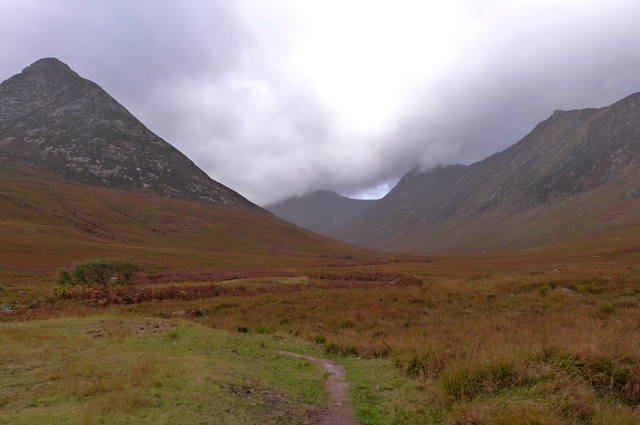
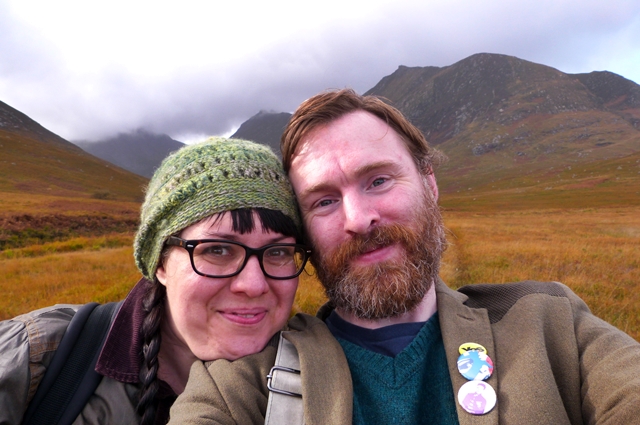
We couldn't resist a selfie (though I look odd!). I wore my trusty Snorri jumper and i have a bit of a story to tell about the hat I'm wearing - but that's for another day.

No filter! When the sun came out, the colours were breathtaking. The clouds rolling over Cir Mhor (the peak in perpetual cloud) kept getting darker, though, and the already brisky wind got stronger. It was a beautiful, rich landscape. Wildlife was all around us too - we saw so many red deer that we got jaded (though I am sure they were not "wild" animals, just "managed"), various birds, the ever-present sheep and I even caught the eye of a little adder. But it was clear that we needed to head back before the clouds caught up with us.

It was just after midday, but it felt later. We retraced our steps, had the last of our packed lunch and then caught the bus (the bus - there are no other busses on Arran) making an almost full-circle of the island before going home.

What a lovely, special day. I don't get to go on adventure with my partner as much as I'd like but our trip to Arran was just perfect: stunning scenery, the best company in the world, apples in the backpack and I even cast on something very special whilst there. Magic.

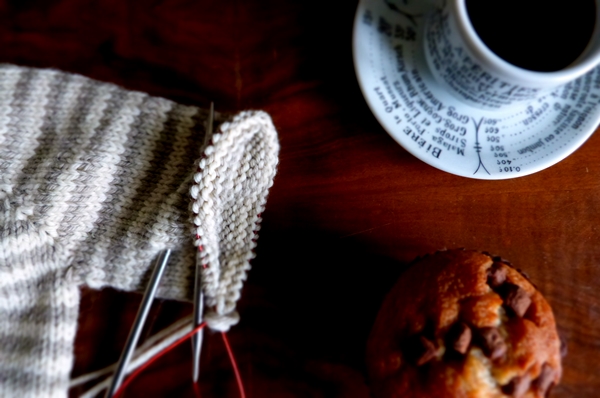 If you tried to visit this site recently you will have noticed that a) you couldn't connect and b) now that you can connect, some of the content is missing. The company that currently hosts this site had big issues with a server and finally recovered most of the site after nearly 24 hours. Most. I lost a couple of photos and about a month's worth of blog posts. It could have been much worse. I once lost four years of blogging thanks to my Danish web host going bust.
If you tried to visit this site recently you will have noticed that a) you couldn't connect and b) now that you can connect, some of the content is missing. The company that currently hosts this site had big issues with a server and finally recovered most of the site after nearly 24 hours. Most. I lost a couple of photos and about a month's worth of blog posts. It could have been much worse. I once lost four years of blogging thanks to my Danish web host going bust.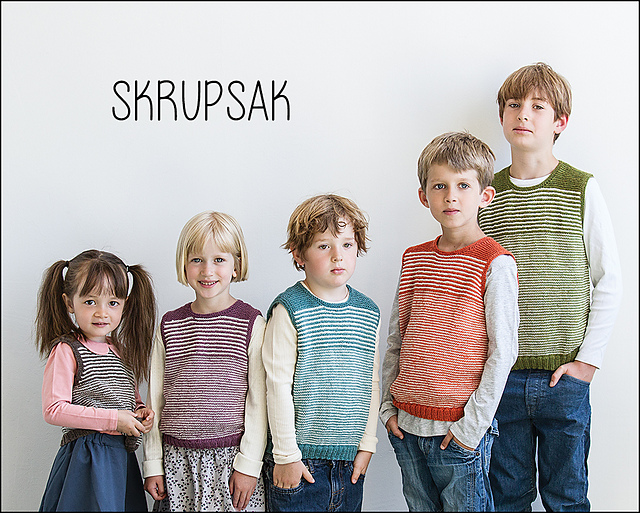
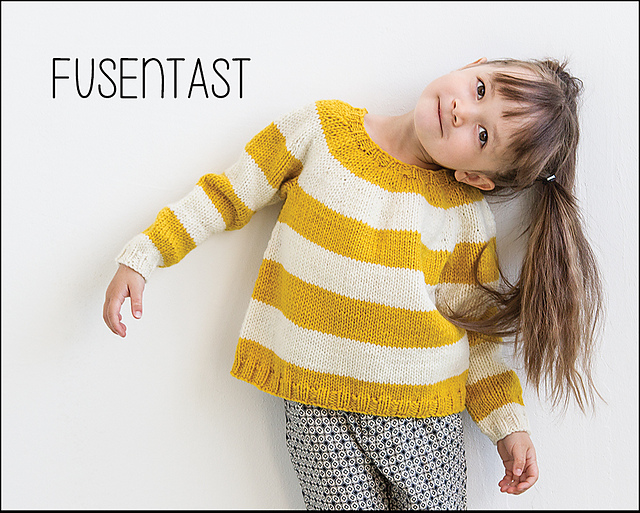
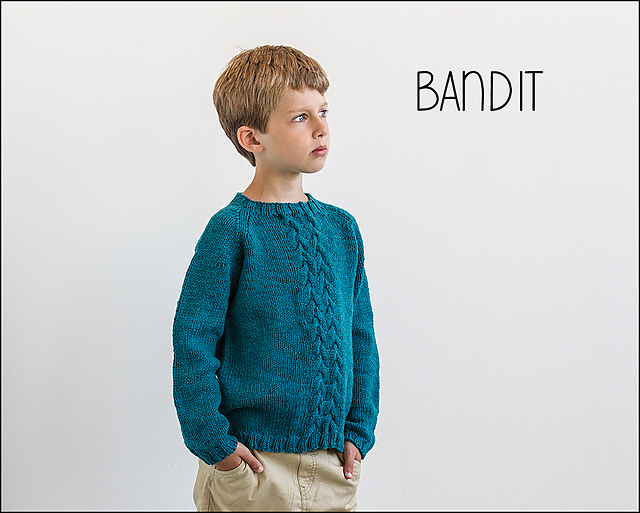


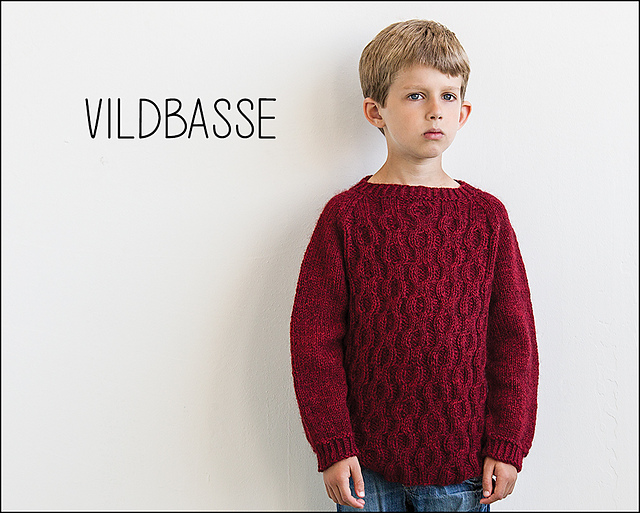

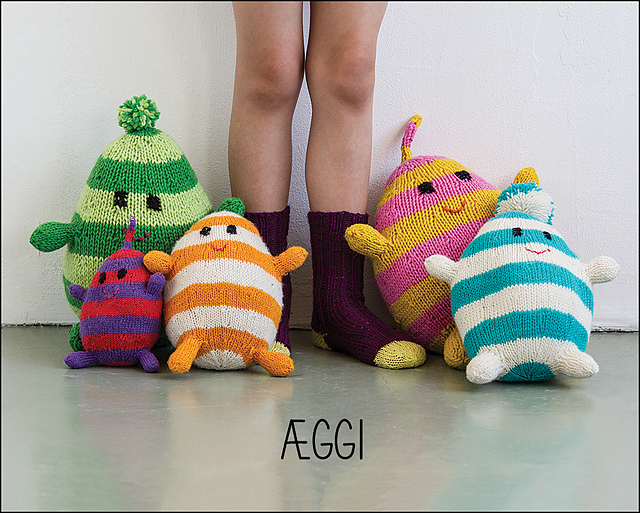
 The past fortnight has seen my usual companion at Casa Bookish - perfectionism - almost grind my work to a halt.
I think a designer needs to have a dash of perfectionism in her. You need to pay close attention to detail - such as stitch counts, style sheets, how colours work at the photo shoot. Designing can also be a long, hard slog of making numbers work, getting the placement of a detail just right and finding the best way to phrase a tricky instruction. But if perfectionism stops you from every accomplishing anything - if your search for perfection means you never release a pattern - then you need to let go.
The past fortnight has seen my usual companion at Casa Bookish - perfectionism - almost grind my work to a halt.
I think a designer needs to have a dash of perfectionism in her. You need to pay close attention to detail - such as stitch counts, style sheets, how colours work at the photo shoot. Designing can also be a long, hard slog of making numbers work, getting the placement of a detail just right and finding the best way to phrase a tricky instruction. But if perfectionism stops you from every accomplishing anything - if your search for perfection means you never release a pattern - then you need to let go.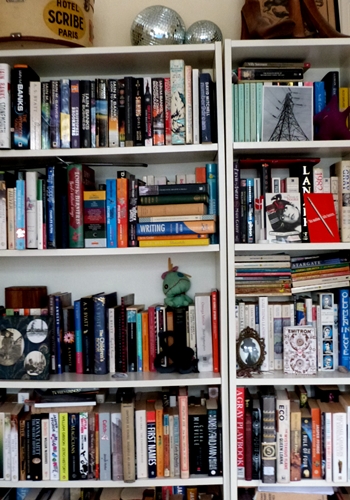 I gave away about 80% of my books when I left Denmark and I can still see ghosts on the shelves, though I merged my collection with Dave's when we started living together. So many books.
I gave away about 80% of my books when I left Denmark and I can still see ghosts on the shelves, though I merged my collection with Dave's when we started living together. So many books.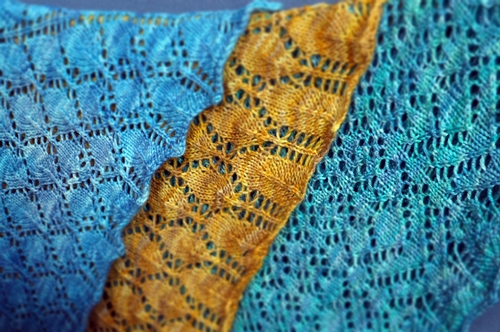
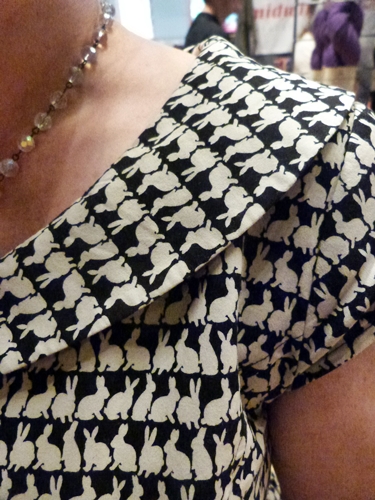
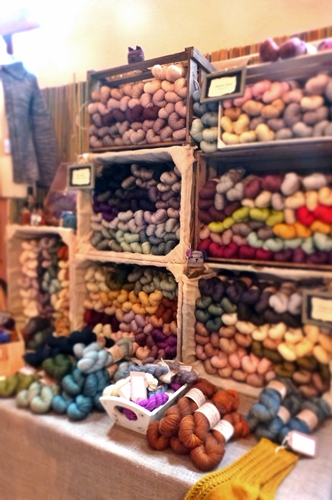
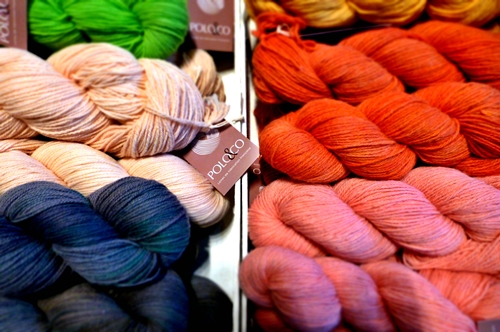
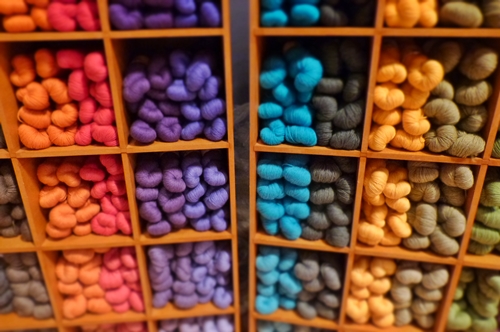

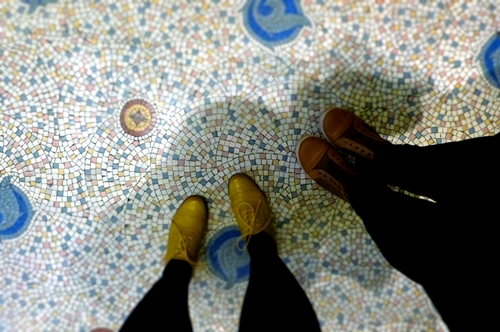
 Yeah, I loved Brighton and all the fabulous people I met there.
Yeah, I loved Brighton and all the fabulous people I met there.